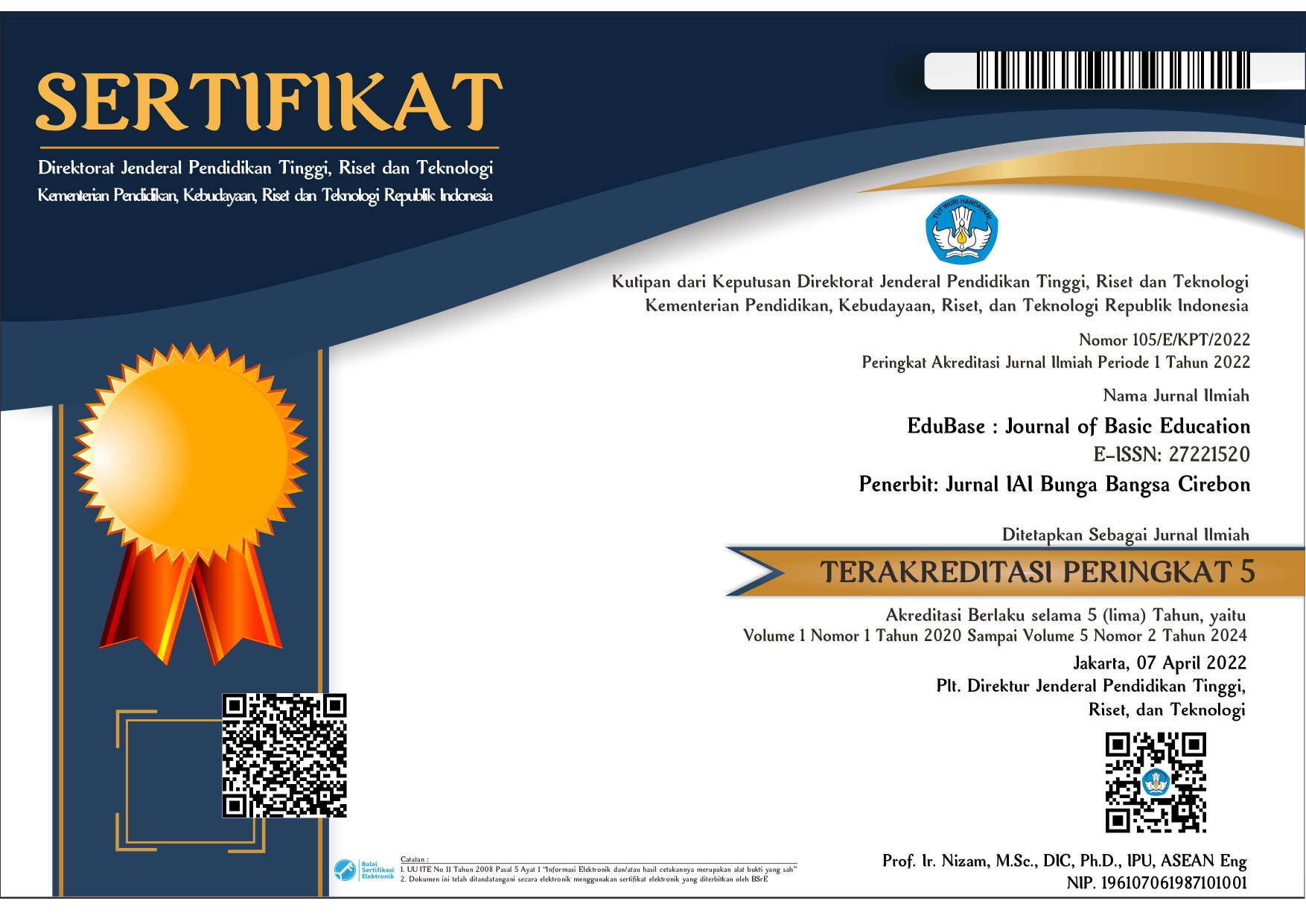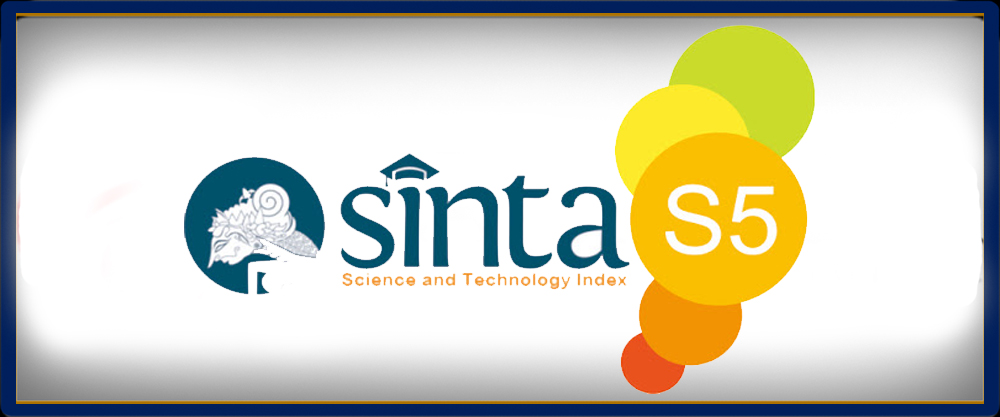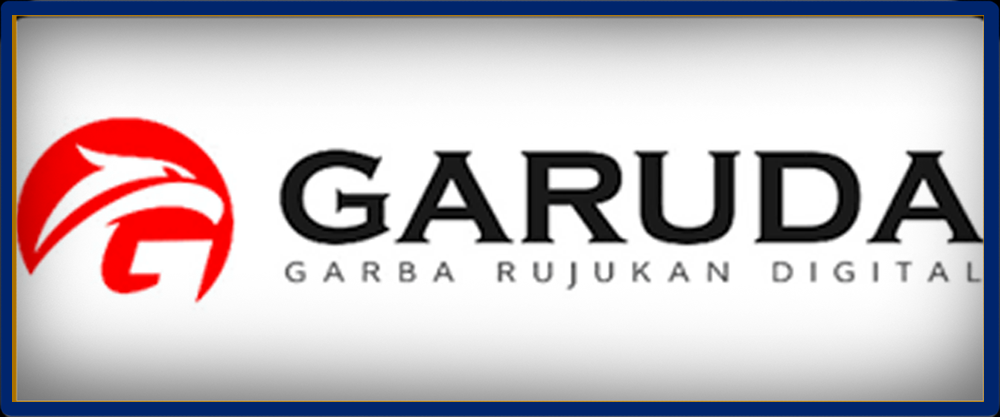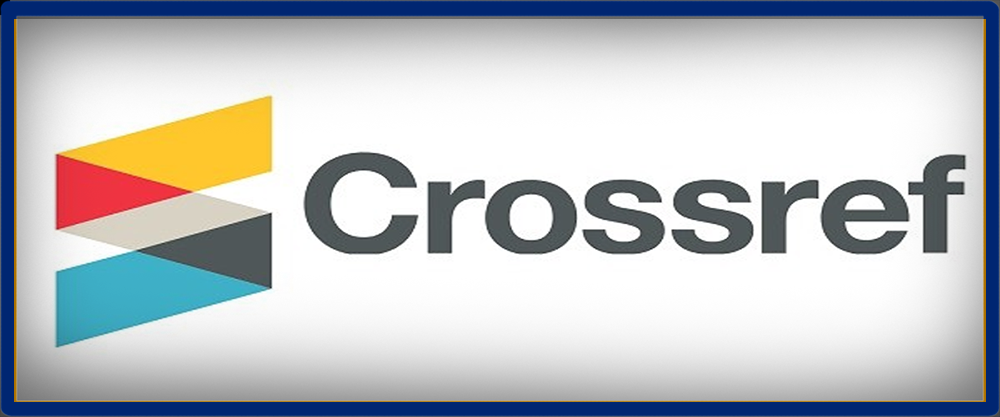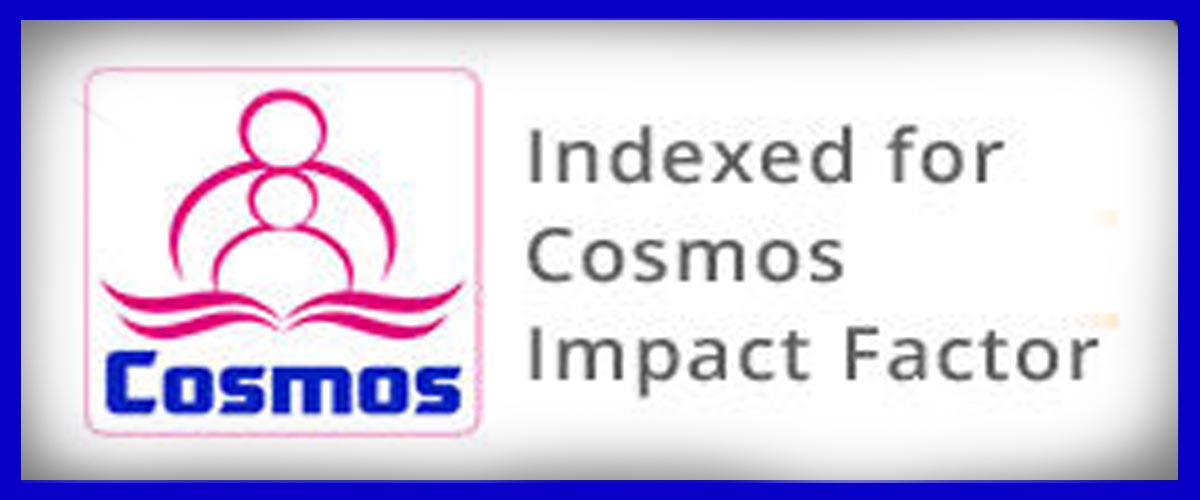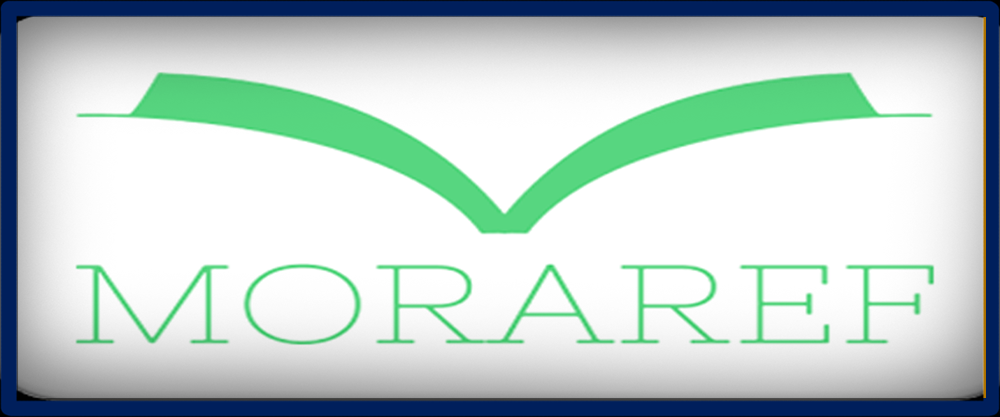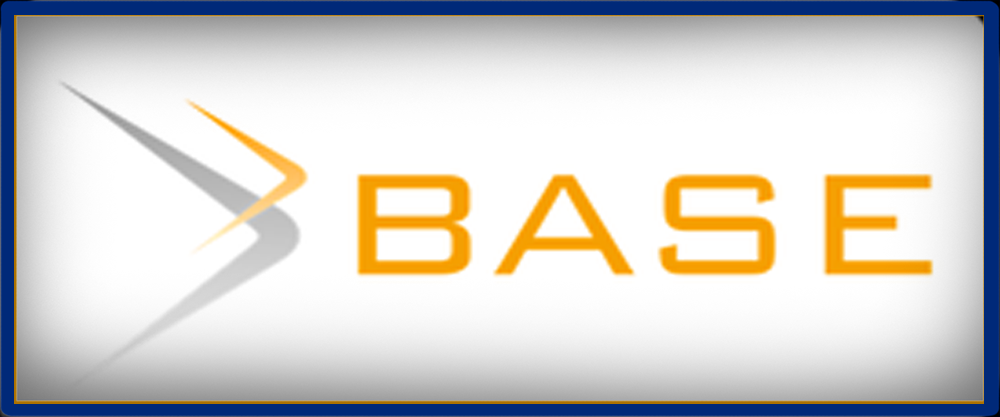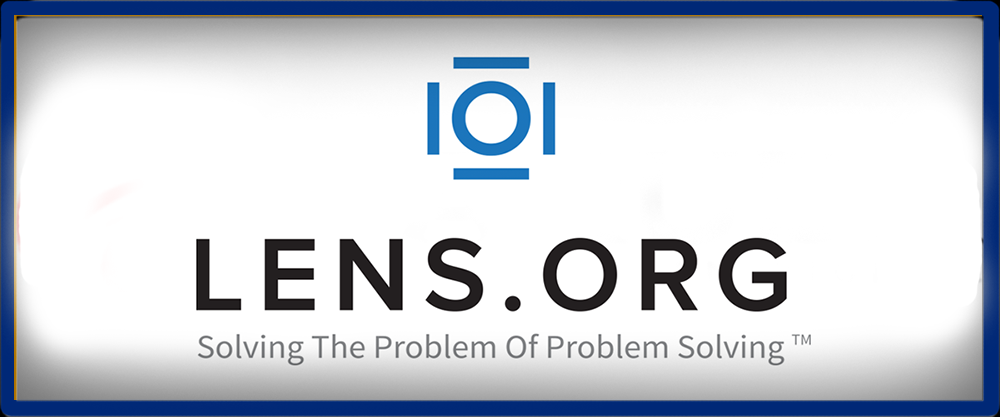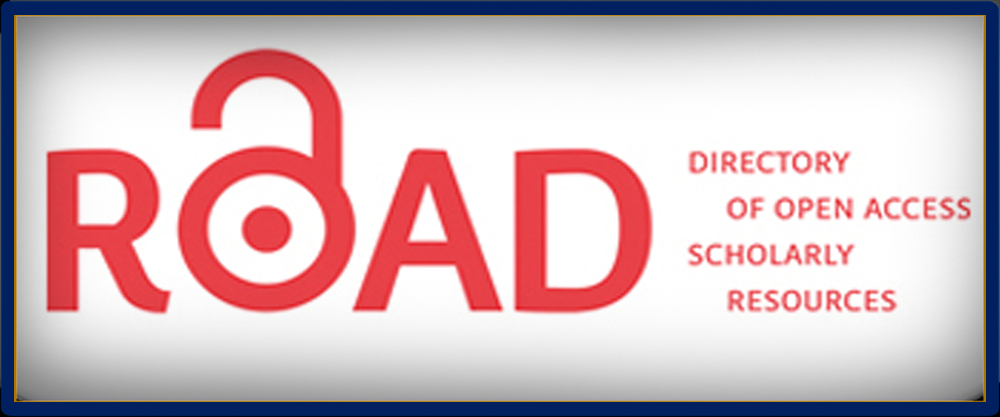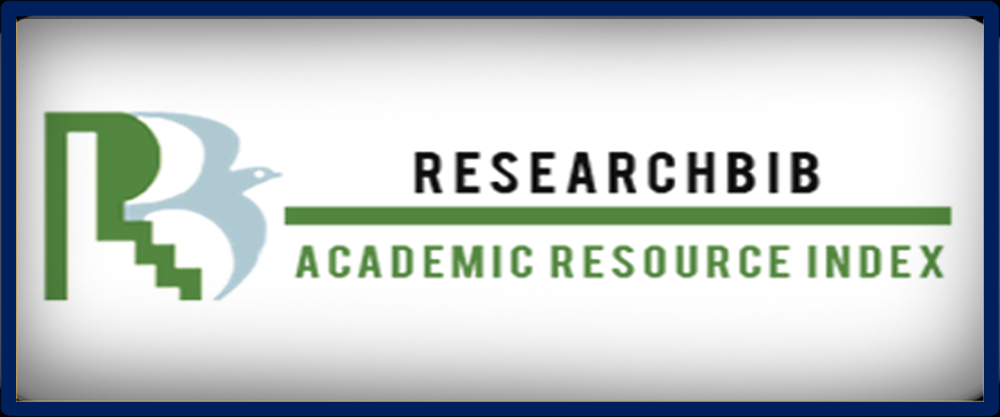Development of Augmented Reality Book Learning Media Based on Assemblr Edu on Body Organs Material in Elementary Schools
Abstract
Purpose: This research aims to develop an Augmented Reality Book based on Assemblr Edu as teaching material to support science learning, Body Organs material for class V students, which is still not available because the material contains abstract concepts and makes it difficult for students to understand science learning. Methods: The type of research used is Research and Development (R&D) with the ADDIE (Analyze, Design, Development, Implementation, Evaluation) development model. This research was carried out in class V of SDN Curahgrinting 3 Probolinggo. 4 class V students were tested on a small scale and 14 class V students of SDN Curahgrinting 3 Probolinggo were tested on a large scale. The instruments used in the research were validation questionnaires from material science experts and media experts as well as pretest and posttest. Results: The results of the research and development that have been carried out obtained (1) the percentage of validation scores for science material experts of 89% with revisions according to suggestions and (2) the percentage of validation scores for media experts of 93% with revisions according to suggestions. These results show that the level of validity of the book developed is declared very valid. The teacher response score percentage results were 94% and the student response test results were: (1) Small scale tests were 89% with very good criteria, and (2) Large scale tests were 93% with very good criteria. criteria, thus the Augmented Reality Book is very good. good for use in learning. The pretest and posttest results show that the Augmented Reality Book learning media based on Assemblr Edu is effective, this is proven by the fact that all class V students can be said to have completed with a percentage of 100% after studying with the Augmented Reality Book media and obtaining the Minimum Completeness Criteria (KKM) score. Conclusion: Augmented Reality Book learning media based on Assemblr Edu Body Organs is stated to be very suitable for use in the classroom learning process and can increase motivation and stimulate student learning activities. The implication is that the use of this learning media can increase student motivation, deepen understanding of concepts, and facilitate the development of technological and collaborative skills.
Downloads
References
Campos-Pajuelo, E., Vargas-Hernandez, L., Sierra-Liñan, F., Zapata-Paulini, J., & Cabanillas-Carbonell, M. (2022). Learning the chemical elements through an augmented reality application for elementary school children. Advances in Mobile Learning Educational Research, 2(2), 493–501.
Casteleiro-Pitrez, J. (2021). Augmented reality textbook: A classroom quasi-experimental study. IEEE Revista Iberoamericana de Tecnologias Del Aprendizaje, 16(3), 258–266.
Danaei, D., Jamali, H. R., Mansourian, Y., & Rastegarpour, H. (2020). Comparing reading comprehension between children reading augmented reality and print storybooks. Computers & Education, 153, 103900.
Demitriadou, E., Stavroulia, K.-E., & Lanitis, A. (2020). Comparative evaluation of virtual and augmented reality for teaching mathematics in primary education. Education and Information Technologies, 25(1), 381–401.
Efendi, F. K., & Suastra, I. W. (2023). Implementation of The Independent Curriculum in Elementary Schools. International Journal of Contemporary Studies in Education (IJ-CSE), 2(2), 149–153.
Fransiska, J., Dumiyati, D., Mariam, P., Hikmah, N., & Haris, M. (2023). Education Management in the Independent Curriculum in Elementary Schools. Al-Fikrah: Jurnal Manajemen Pendidikan, 11(1), 78–90.
Karacan, C. G., & Akoglu, K. (2021). Educational augmented reality technology for language learning and teaching: A comprehensive review. Shanlax International Journal of Education, 9(2), 68–79.
Kounlaxay, K., Shim, Y., Kang, S.-J., Kwak, H.-Y., & Kim, S. K. (2021). Learning media on mathematical education based on augmented reality. KSII Transactions on Internet and Information Systems (TIIS), 15(3), 1015–1029.
Li, J., Van der Spek, E. D., Yu, X., Hu, J., & Feijs, L. (2020). Exploring an augmented reality social learning game for elementary school students. Proceedings of the Interaction Design and Children Conference, 508–518.
Muhammad, K., Khan, N., Lee, M.-Y., Imran, A. S., & Sajjad, M. (2021). School of the future: A comprehensive study on the effectiveness of augmented reality as a tool for primary school children’s education. Applied Sciences, 11(11), 5277.
Pathania, M., Mantri, A., Kaur, D. P., Singh, C. P., & Sharma, B. (2023). A chronological literature review of different augmented reality approaches in education. Technology, Knowledge and Learning, 28(1), 329–346.
Safitri, V. A., Sari, L., & Gamayuni, R. R. (2020). Research and Development (R&D), environmental investments, to eco-efficiency, and firm value. The Indonesian Journal of Accounting Research, 22(3).
Sahin, D., & Yilmaz, R. M. (2020). The effect of Augmented Reality Technology on middle school students’ achievements and attitudes towards science education. Computers & Education, 144, 103710.
Saif, A. F. M. S., Mahayuddin, Z. R., & Shapi’i, A. (2021). Augmented reality based adaptive and collaborative learning methods for improved primary education towards fourth Industrial Revolution (IR 4.0). International Journal of Advanced Computer Science and Applications, 12(6).
Syaharani, D. M., & Fathoni, A. (2023). The implementation of P5 local wisdom themes in the independent curriculum in elementary schools. Jurnal Ilmiah Sekolah Dasar, 7(1), 1–7.
Weng, C., Otanga, S., Christianto, S. M., & Chu, R. J.-C. (2020). Enhancing students’ biology learning by using augmented reality as a learning supplement. Journal of Educational Computing Research, 58(4), 747–770.
Widyastuti, E. (2019). Using the ADDIE model to develop learning material for actuarial mathematics. Journal of Physics: Conference Series, 1188(1), 12052.
Yousef, A. M. F. (2021). Augmented reality assisted learning achievement, motivation, and creativity for children of low?grade in primary school. Journal of Computer Assisted Learning, 37(4), 966–977.
Zafeiropoulou, M., Volioti, C., Keramopoulos, E., & Sapounidis, T. (2021). Developing physics experiments using augmented reality game-based learning approach: A pilot study in primary school. Computers, 10(10), 126
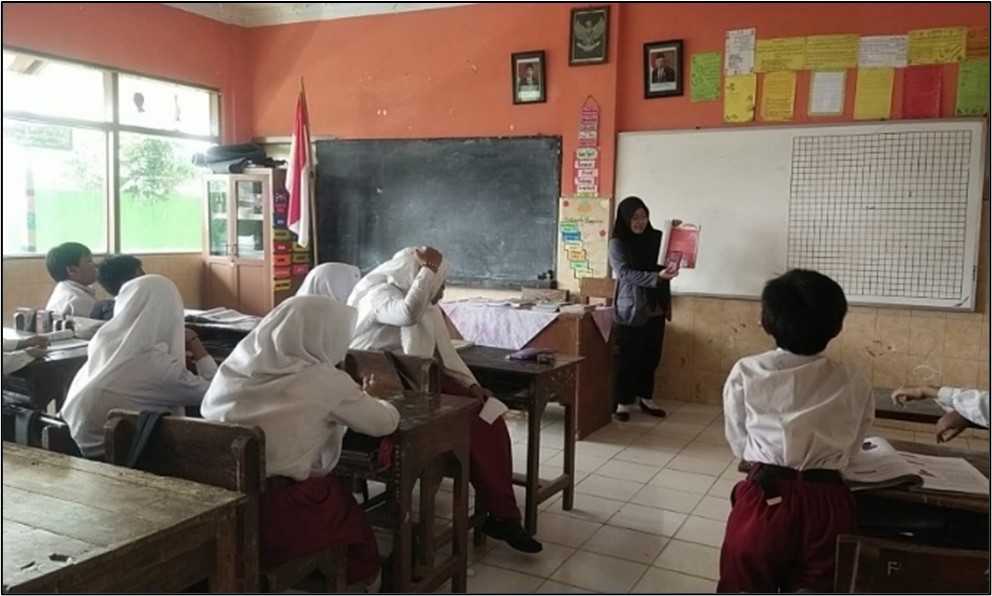

This work is licensed under a Creative Commons Attribution-NonCommercial-NoDerivatives 4.0 International License.

